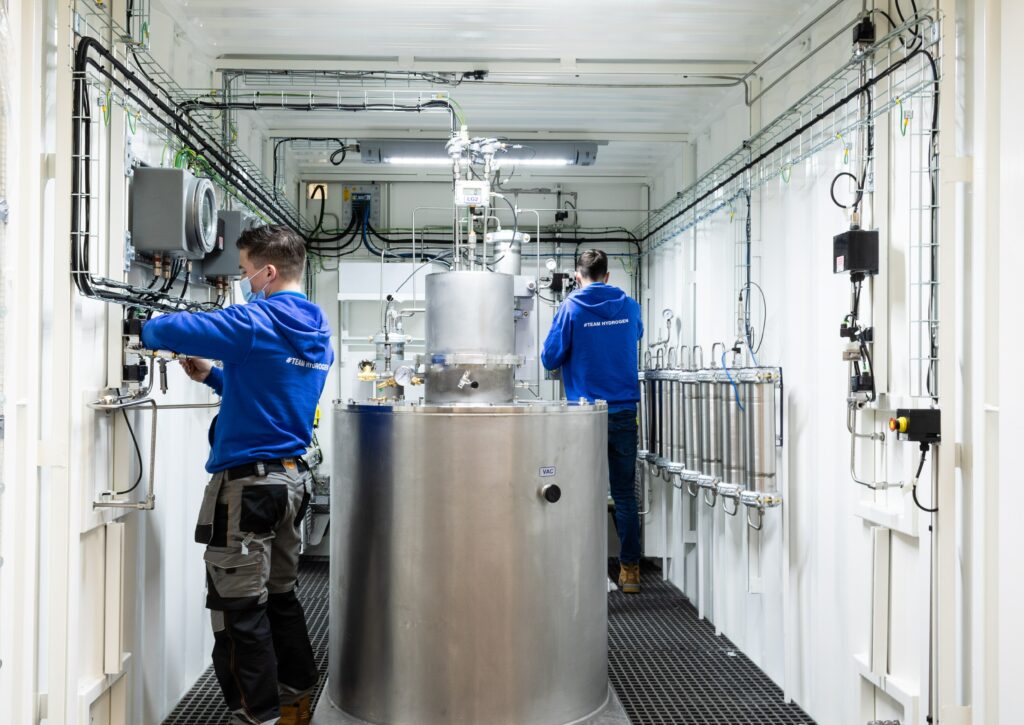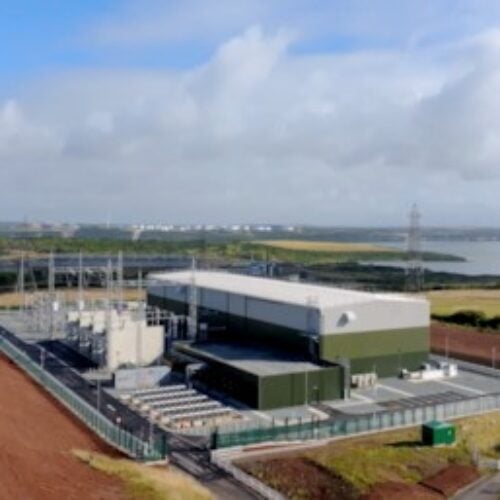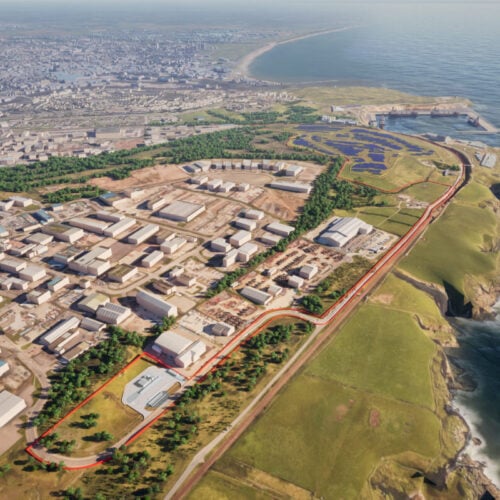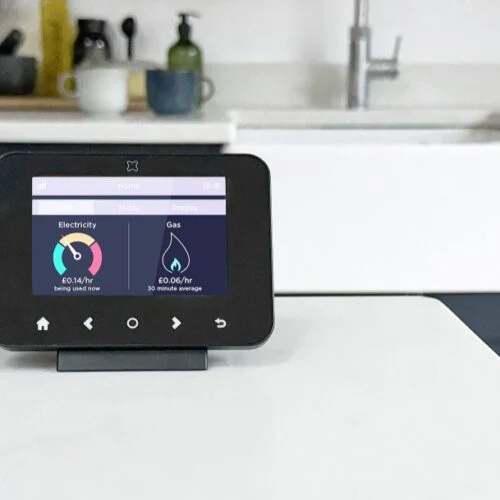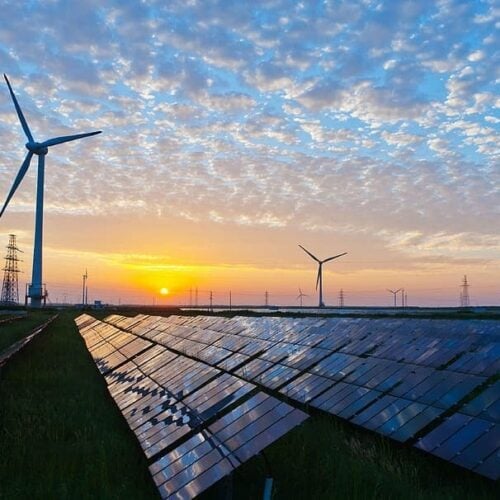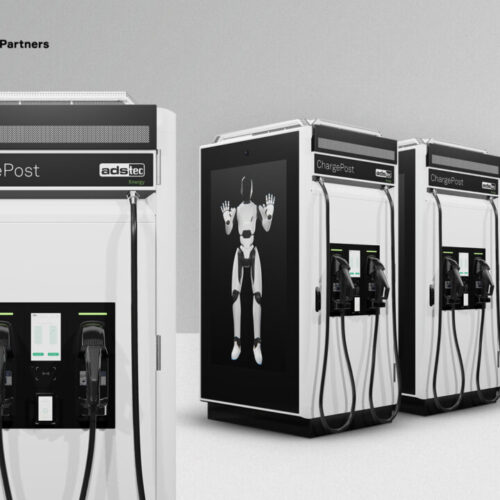Clean Power Hydrogen (CPH2) has signed an agreement with Kenera Energy Solutions that will see up to 30 of its membrane-free electrolysers (MFE) developed in Germany.
The membrane-less technology couples with cryogenics to provide a simple, scalable and cost-effective solution to produce green hydrogen from renewable energy. The technology also reduces downtime and maintenance, can be constructed using ubiquitous materials and avoids mixed gas therefore promoting safety, stated CPH2.
In doing so, this solution could be a vital component in scaling the hydrogen industry not only in the UK but across Europe, the company claimed.
The technology cooperation agreement will see 30 MFE220 units manufactured at Kenera’s manufacturing facility in Germany. Alongside this, Kenera has also been granted a non-exclusive license to sell and manufacture CPH2’s products in Germany, Scotland, Azerbaijan, Denmark and Norway up to a maximum of 150 MFE units per annum.
Kenera also has a license to sell and manufacture CPH2 products across the Middle East up to a maximum level of 2GW.
With the urgent need to scale the hydrogen industry amid the wholesale gas crisis and the Russia-Ukraine conflict, the CPH2 technology will provide a means to create green hydrogen – the cleanest variant.
“We are delighted to enter into this agreement with Kenera, whose parent company, KCA Deutag, is not only an investor in CPH2, but is also one of the leading energy sector manufacturing businesses in the world, adding valuable and immediate manufacturing capacity,” said Jon Duffy, CEO of Clean Power Hydrogen.
“I am particularly pleased to have additionally signed two sales licensing sub-agreements, which are a capital efficient production method for CPH2, and should enable a much faster scale up and market penetration of our innovative and disruptive hydrogen electrolyser technology. Interest in this technology continues to grow and our pipeline of opportunities is constantly developing.”
Hydrogen has also been paraded as a long-term, clean solution for the decarbonisation of hard-to-abate sectors such as steel production and transportation. Because of this, the European Commission raised its targets in its Fit for 55 package aiming for 35% of the hydrogen used in industry expected to come from renewable fuels of non-biological origin by 2030 and 50% by 2035.
In the UK, demand for electrolysers is set to grow, with a 5GW capacity target for hydrogen set in the Hydrogen Strategy in August 2021.
Since then, the number of green hydrogen projects has picked up pace with bp unveiling plans for a 500MWe green hydrogen project in Teeside, a consortium led by Macquarie’s GIG announcing a plan to develop green hydrogen on Orkney and Octopus Hydrogen forming a strategic partnership with Innova Renewables and Novus to rollout green hydrogen production, amongst other projects.
“This collaboration follows our investment into this exciting and ambitious high growth hydrogen business,” commented Ally Hogg, head of commercial for Kenera Energy.
“The relationship with CPH2 adds to our clean energy portfolio and we look forward to actively collaborating with their team as we expand our business in the energy transition space and create value for our stakeholders by delivering our innovative technological solutions, manufacturing and after-sales expertise.”
Germany provides a pivotal anchor point for expansion into the European market. Germany aims to have 10GW of electrolyser capacity installed by 2030. To reach this, a radical increase in green hydrogen projects is anticipated for the coming years. This could also increase collaboration with UK based electrolyser manufacturers.
At the start of the year, CPH2 announced its intention to float on the AIM market of the London Stock Exchange to raise approximately £50 million.
The electrolyser manufacturer emphasised the speed at which the green hydrogen market is growing, with the development of a hydrogen economy in Europe expected to lead to a 650x increase in demand for electrolysers by the end of the decade. The continent has set a 40GW target for 2030, with CPH2 targeting 10% of that capacity.
